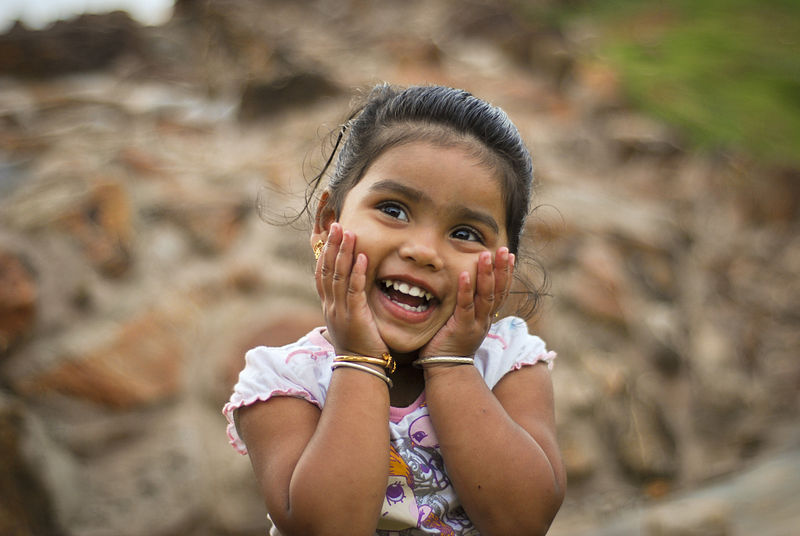The International Day of the Girl Child marked its tenth anniversary (October 11), with activists emphasising the need for girl’s rights. Some took the opportunity to reflect on progress made since its inception.
On December 19, 2011, the United Nations General Assembly adopted Resolution 66/170 to declare October 11 as the International Day of the Girl Child. The aim of the day is to raise awareness of the problems that girls worldwide suffer, including a lack of access to education, inadequate nutrition, forced child marriage, legal rights, and medical rights.
Locally, activism on the International Day of the Girl Child focused largely on statutory rape, gender-based violence (GBV) and the school drop out rate amongst girls. Further afield, it focused on genital mutilation and equal access to opportunities.
SMread: Experiencing public transport the South African way
Girls in South Africa
The need for basic rights is especially urgent in South Africa, where nearly 10 percent of female learners dropout before completing primary school. Other social issues, such as GBV, also affect the wellbeing of girls in the country.
For local activist Zulaikha Patel, who joined the efforts of the International Day of the Girl Child in 2017, this was an opportunity to reiterate the calls for basic rights for girls in South Africa.
“We’ve still got such a long way to go in terms of girl child rights; in terms of simple things like ensuring that girls can stay in school,” she said.
She said girls in South Africa are plagued by a myriad of issues, especially difficulty accessing sanitary products, which force them to drop out of school. Some of the most common reasons for dropping out include the need to look after siblings when parents are absent.
“Even in our own country, we haven’t invested enough to ensure that girls are able to stay in school every single day because there’s still the issue of girl children not being able to access sanitary products in disadvantaged communities.”
She said there is a long way to go to achieve the goals, adding that it required a consistent effort.
